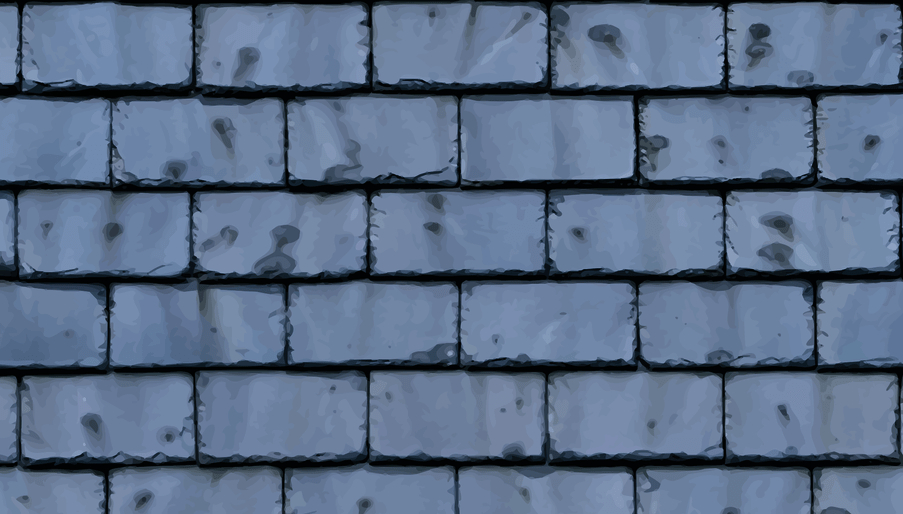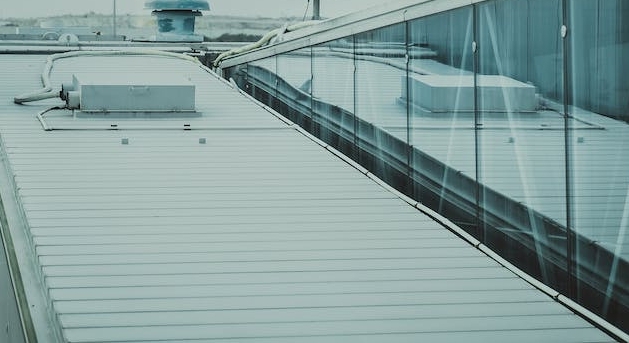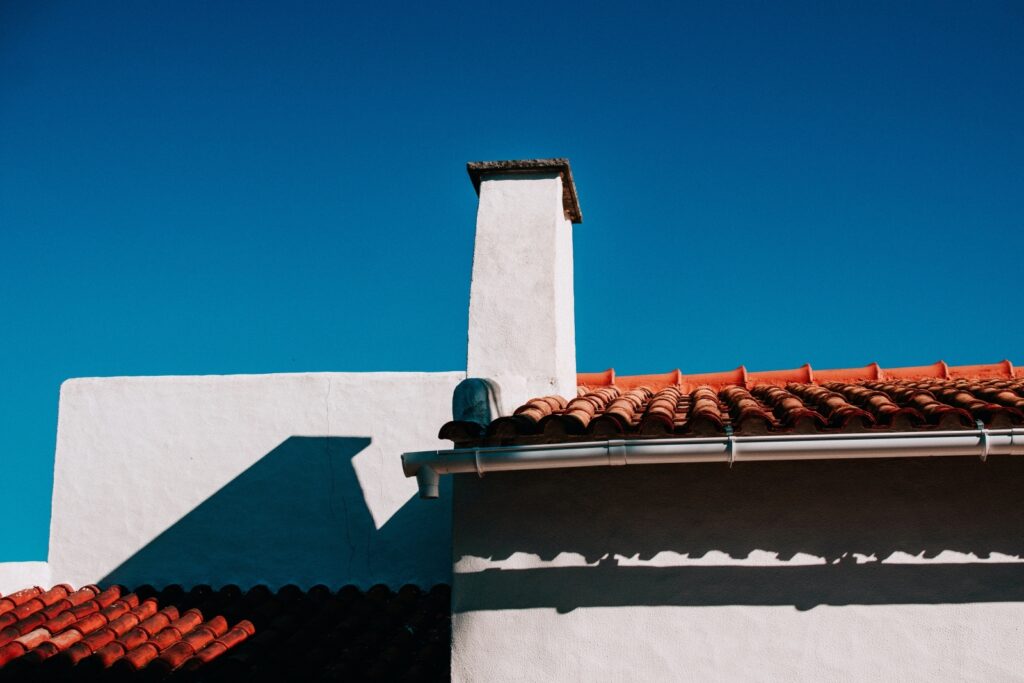
Slate / Asphalt
Slate and asphalt shingle roofs are two popular options for residential and commercial buildings. Both types of roofing have their own unique benefits and drawbacks, and the choice between them will depend on the specific needs and preferences of the homeowner or building owner.
Slate roofs are made from natural stone, typically shale or slate, and are known for their durability and long lifespan. They can last for over a hundred years with proper maintenance, making them a good investment for those who plan to stay in their home for a long time. Slate roofs are also resistant to fire, wind, and rot, and they have a natural beauty that can enhance the appearance of a building. However, slate roofs are also quite heavy and may require additional support to be installed on a structure. They are also more expensive than other types of roofing, and may require specialized skills to install and maintain.
Asphalt shingle roofs, on the other hand, are made from a mixture of asphalt and fiberglass or organic materials. They are a more affordable option compared to slate, and they can be installed on a wider range of structures. Asphalt shingles are also available in a wide range of colors and styles, making it easy to find a look that matches the aesthetics of the building. However, asphalt shingles are not as durable as slate and have a shorter lifespan, typically lasting 20-30 years. They are also more prone to damage from extreme weather conditions such as hail or high winds.
In conclusion, both slate and asphalt shingle roofs have their own unique benefits and drawbacks. Those looking for a long-lasting and durable roof may want to consider slate, while those looking for a more affordable option may prefer asphalt shingles. It is important to carefully consider the specific needs and preferences of the homeowner or building owner before making a decision.

Metal
Metal roofs are a popular choice for both residential and commercial buildings due to their durability, energy efficiency, and long lifespan. Metal roofs can last for 50 years or more with proper maintenance, making them a good investment for those who plan to stay in their home for a long time. They are also resistant to rot, insect infestations, and extreme weather conditions such as hail, wind, and fire.
One of the main benefits of metal roofs is their energy efficiency. Metal reflects sunlight, which can help to keep a building cooler in the summer. This can result in lower energy bills and a more comfortable living or work environment. Metal roofs are also environmentally friendly, as they are often made from recycled materials and can be recycled again at the end of their lifespan.
There are a few different types of metal roofing materials to choose from, including steel, aluminum, and copper. Steel is the most common type of metal roofing, and it is available in a variety of finishes including galvalume, galvanized, and painted. Aluminum is a lighter weight option that is resistant to corrosion and is often used in coastal areas. Copper is a more expensive option that is known for its durability and natural patina, which can add a unique look to a building.
In conclusion, metal roofs are a durable, energy efficient, and long-lasting roofing option for both residential and commercial buildings. They are available in a variety of materials and finishes, and can provide a number of benefits to homeowners and building owners.

Tile roofs are a popular choice for residential and commercial buildings due to their durability, energy efficiency, and long lifespan. Tile roofs are made from clay or concrete and are known for their ability to withstand extreme weather conditions such as high winds, hail, and heavy rain. They are also resistant to rot, insect infestations, and fire, making them a safe and durable choice for any building.
Tile roofs are also energy efficient, as they reflect sunlight and help to keep a building cool in the summer. This can result in lower energy bills and a more comfortable living or work environment. Tile roofs are also environmentally friendly, as they are made from natural materials and can be recycled at the end of their lifespan.
Tile roofs are available in a wide range of colors and styles, including traditional clay tiles and more modern concrete tiles. They are often used in the southwestern United States, where they are well-suited to the hot, dry climate. However, they can be used in other regions as well.
Tile roofs require minimal maintenance and can last for 50 years or more with proper care. They are a long-lasting and durable choice for any building, and can add value and character to a home or commercial property.
Don’t Wait Until It’s Too Late
Please feel free to contact us with any of your roofing questions. We look forward to working with you.